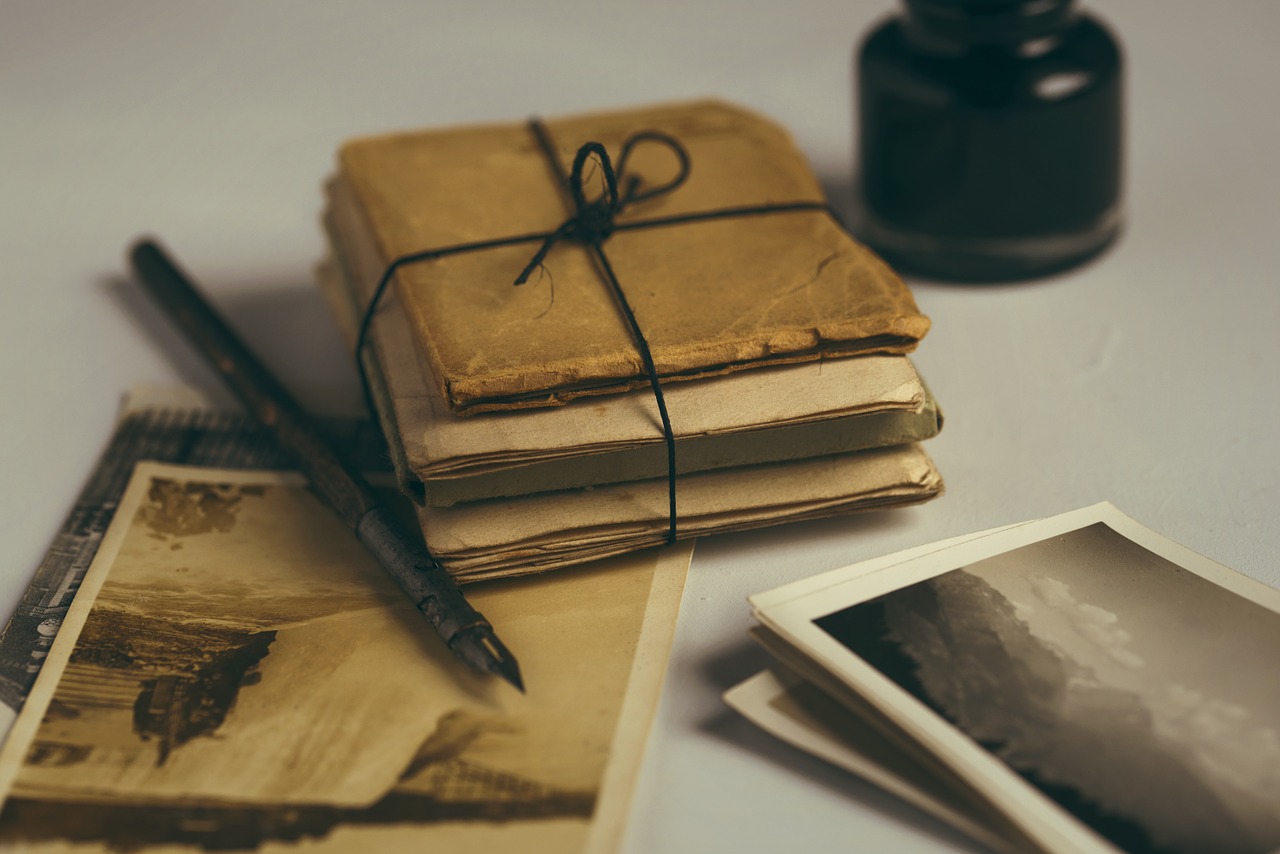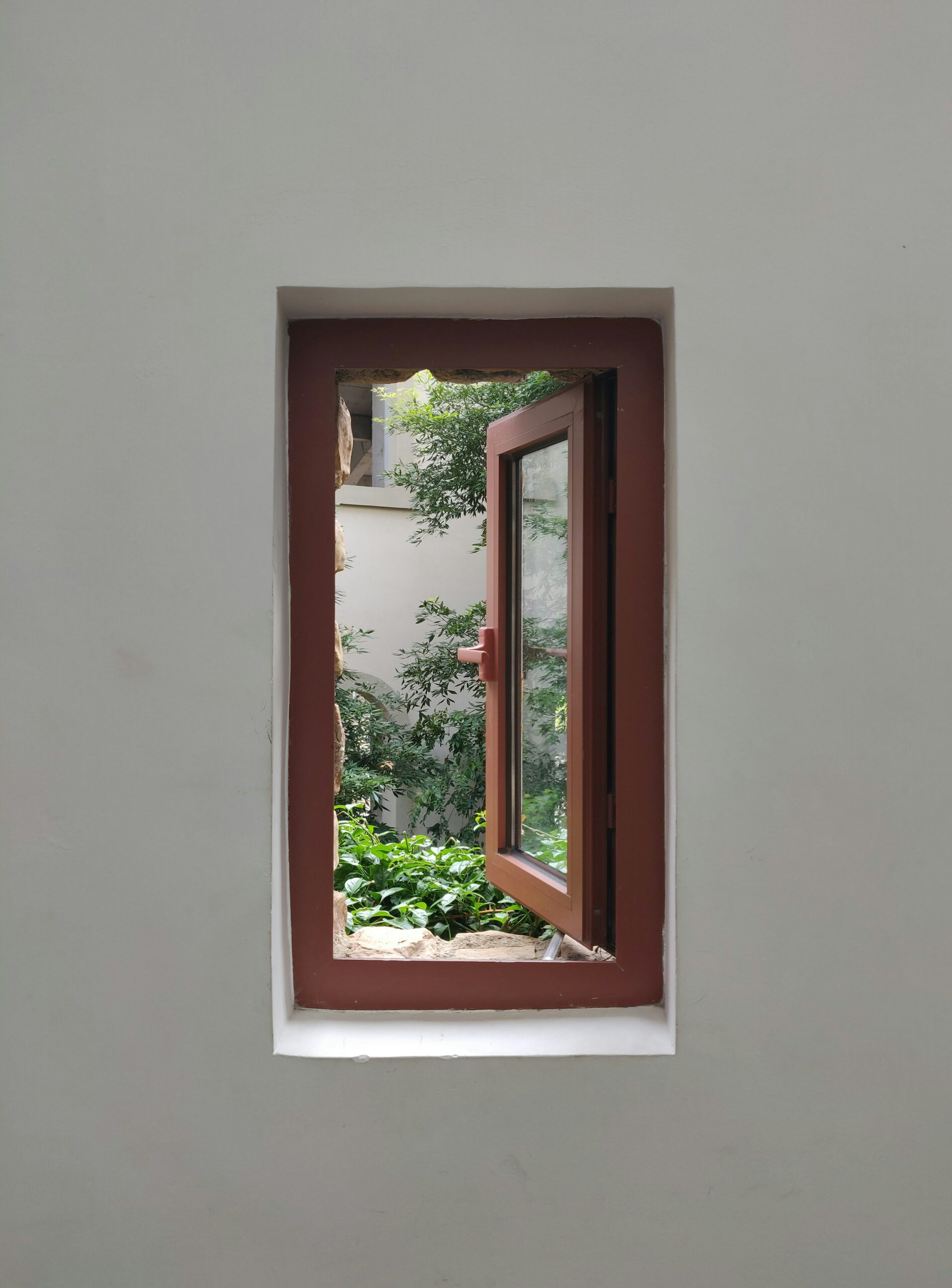I am always looking for ways to break the notion of writing as a solitary exercise, and lean into writing as a collaborative practice. I try to bring a game-like quality to my lessons wherein students are invited to contribute to a collective process. I wanted to create a workshop that bridged individual reflection with the reflections of others as a means for generating imaginative work. I also love incorporating other art media into the creative process — painting, music, dance — and have always found photography an exciting form to work with given how much is known and unknown in a photograph, and it is impossible to divorce a photograph from the perspective of the person taking it. I wanted students to engage with perspective — their individual perspective, the perspectives of their peers, and the perspective perceived in a photograph — as I believe the more we engage with and reflect upon the perspectives of others, the greater our capacity for empathy. “The Moment When…” is borne out of these intentions and values.
This lesson has been used with senior citizens and youth alike, appropriate for all ages twelve and up. “The Moment When…” also offers instructors the opportunity to choose their own photographs or source material, lending the opportunity to incorporate other subject areas. A lesson on a specific moment in history, for example, could help students engage with an era in a new way. Regardless how the lesson has been executed, I have always been pleasantly surprised and inspired by the writing it generates!
Lesson/Workshop Length: 90 min
GOALS: For students to make empathetic links between themselves and the imagined perspective of another; for students to marry their observations and interpretations through writing.
GUIDING QUESTIONS:
- What is the relationship between what is felt and what is seen?
- How is listening to an act of empathy?
- What changes when we put ourselves in someone else’s shoes/shift perspective?
OPENING:
Set-Up: Tables with four chairs around them. At each table are writing utensils and four photographs, each attached to a sheet of paper. (The number of chairs, or students per table, should be the same as the number of photographs with a sheet of paper attached.)
(1 min) Introduction: Today we will be imagining and writing from the perspectives of others. Spelling and grammar do not matter, and you should write in the language you feel most comfortable with.
(3 min) Observe & Share: Everyone takes a minute to silently observe the photograph at the table before them. What do you see? What is your eye drawn to first? Where are the people in relationship to their environment? Students can jot down these observations, or simply make mental note. Share a few things you saw with your neighbor. Did your neighbor observe something you did not notice?
MAIN ACTIVITIES:
(5 min) The Moment When…: Each of these photos captures a moment in time. At the very bottom of the paper attached to your photo, write the moment you imagine your photo captures — i.e. “The moment when all was lost,” or “The moment a child leaves home.” It does not need to be a complete sentence. These can be abstract, or with imposed interpretations — but must be rooted in what you observe.
(5 min) Fold, Pass, Write: Once you have written your “moment” — fold the bottom of the paper up a sliver, so that the words you wrote are not visible. Pass your photo and paper to the person on your left — do not unfold the paper! With a new photograph in front of you, ascribe another “moment” description at the bottom of the page, writing just above the fold. Again, once you finish, fold the bottom up so it is not visible. Pass to the left, repeat, make a fold. Pass to the left, repeat, make a fold. Pass until the photo is back to where it began.
(20 min) First Person Narrative: Do not unfold the paper! Resist the urge a moment, and instead… Pick a person in your photograph that you are most drawn to or curious about. Observe that person’s point of focus — what are they looking at? How is their posture? What are they wearing? What do you think they might be feeling?
Now unfold your paper and read the list of moments before you. Choose one. You are going to write about that moment from the perspective of the character you chose. This is a first-person narrative. Teachers can take a moment here to introduce the concept of point-of-view to help students understand how to write in first person and, later, in third person. If you aren’t sure about your way in, begin with what your person sees/is looking at.
This is a good opportunity to check in with your class and allow them space to reflect. How did “the moment when” phrases prompt your writing? What was your “in” — was it beginning with what the character sees? Was it difficult/easy to be in an imagined perspective? What personal perspectives (if any) did you bring to the exercise? How do you observe the photograph differently than you did at the beginning?
(10-15 min) Listen & Share: With a partner, read aloud the narrative that you wrote. The other person listens. Then switch, so both have read and heard one another.
(20 min) Third Person Narrative: Based solely on what you heard — write the same story/event/moment, but this time from a third-person perspective, the larger perspective you heard. Students should write the 3rd person version of their partner’s 1st person account. Try not to change too much from what you heard, but also make creative choices, and fill in gaps to the story you think needs to be filled.
CLOSURE:
(15 min) Share & Respond: Students turn to a new person at their table and share their work. This time, they have the option of reading their work aloud, or hearing their work read by the other person — regardless, the student’s work should be shared vocally, out loud. Responses should focus on what stood out to the listener/receiver: what images popped out at you? Where did you feel emotional resonance? When did the story take an unexpected turn?
(10 min) Closing Group Responses: As a large collective group, we reflect and share our thoughts and responses. How did it feel to write from a person’s perspective that you’ve never met? What happened to your observations when you switched perspectives? When (if ever) did you feel your personal views come in to affect or influence the character you were writing? Did anything unexpected ever come up? How did it feel to hear the words aloud? What was the most difficult part of this exercise? When — if ever — did you encounter moments of resistance, and how did you move through that resistance? What changed for you?
NOTES:
This lesson can be — and has been — modified for ages ranging from 8 to 65-year- olds. The choice of the photograph also offers lots of room for creative planning. This lesson could be used as a means of supporting a history, art, or another curriculum alive in your classroom. Students get a kick out of passing papers around in silence and hiding words that later become discovered — regardless of age — and once they are collaborating in this way, students are primed to take into consideration the perspectives of others, and consequently, write to them. I find this also takes off the burden of claiming a singular perspective or creative entry-point, which can be daunting for some students as they struggle to know when or how to begin. There is also room to play with the writing genre if poetry or playwriting is your ultimate end goal. Lots of springboards here to explore!
Image by Free-Photos from Pixabay
Alice Pencavel is a writer and teacher. Prior to joining Teachers & Writers in 2021, Ms. Pencavel worked as a Teaching Artist for multiple non-profits, including Arts Connection, SAY (Stuttering Association for the Young), Brooklyn Acting Lab, Stages on the Sound, Girls Write Now, and Teachers & Writers, among others. As a playwright, she has collaborated with Naked Angels, Lincoln Center Theater, MCC, Manhattan Repertory, Superhero Clubhouse, and the Kitchen Theater. She also worked in Customer Support with DonorsChoose, helping public school students receive educational materials. Having served as a Teaching Artist with Teachers & Writers, Ms. Pencavel has seen first hand the impact of bringing writing programs into schools, and is thrilled to offer her services in this new capacity. Ms. Pencavel holds a BFA in Acting from Ithaca College, and an MFA in Playwriting from the New School.


